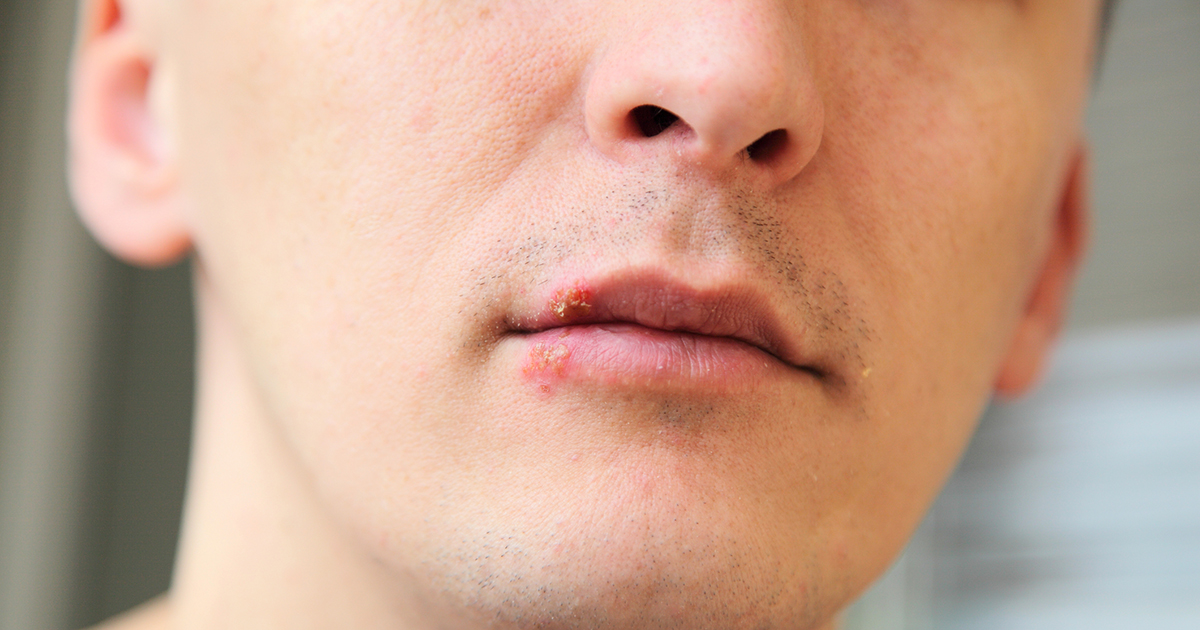Causes And Risk Factors Of Kaposi's Sarcoma
Cancerous cells can rapidly grow in any part of the body, and with Kaposi's Sarcoma, cancer begins in the blood vessels or lymph nodes. It becomes visible in the form of skin tumors or mucus-containing areas, and can also grow in the digestive tract and lungs. When you come into contact with Kaposi sarcoma-associated herpes virus (KSHV), your endothelial cells become infected. While the herpes virus is the primary cause for Kaposi's sarcoma, there are risk factors associated with the virus, including human immunodeficiency virus (HIV), a weakened immune system, gender, and other at-risk groups.
Herpes Virus

Kaposi sarcoma-associated herpes virus resides in the same family as the Epstein-Barr Virus (EBV), which is the virus that leads to mononucleosis. KSHV is primarily transmitted through saliva, blood transfusions, and organ transplants. KSHV accounts for all the forms of Kaposi's sarcoma, of which there are four types (classic Kaposi's sarcoma, endemic Kaposi's sarcoma, immunosuppression-associated Kaposi's sarcoma, and AIDS-associated Kaposi's sarcoma). This virus causes cells to divide too frequently and have elongated lifespans because it introduces genes into these cells. Some of these genes have been known to create new blood vessels in endothelial cells and result in inflammation and the development into cancerous cells.
Continue for the next cause and risk factor on this list.